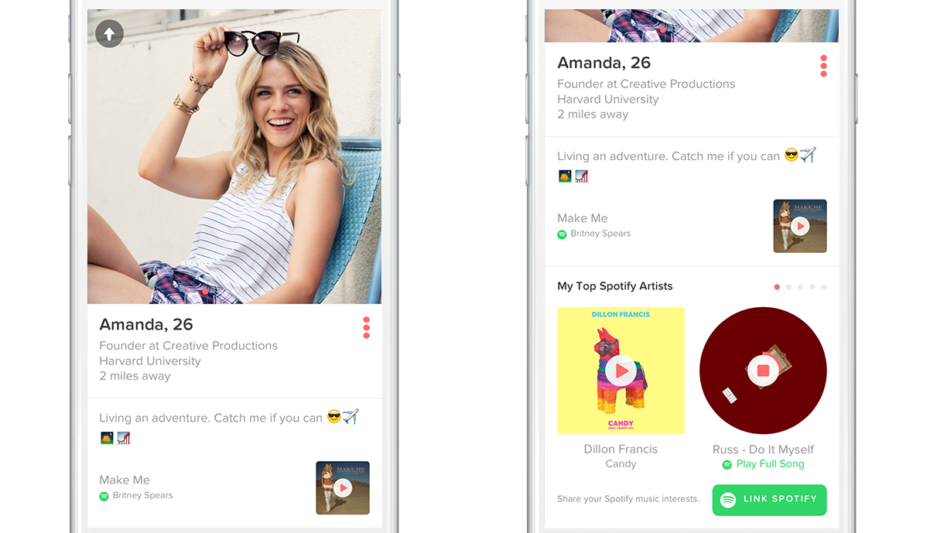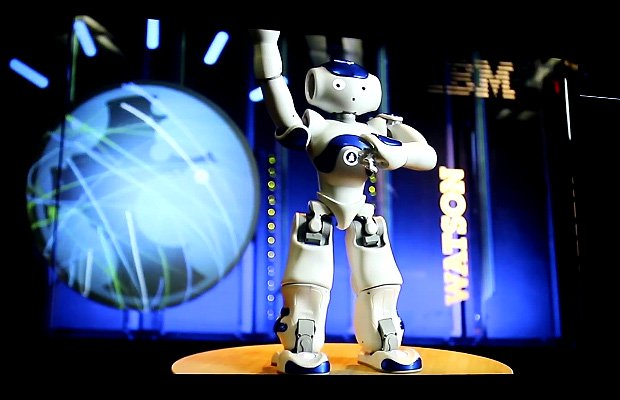The idea for this project sparked after we completed our Technology of the Week assignment. Our topic was revolved around disruptive technology, and our focus was on the hiring industry. More specifically, we focused on a start-up called Scoringline. This is a talent acquisition and pre-screening software. The main problem it tries to solve is to make the pre-selection more efficient and less resource-costly for companies. Pre-selection refers to the phase through which HR managers will evaluate the profile of candidates who applied to a specific job position. This phase ends once the application has been rejected or conversely once the candidate has been invited to meet the HR manager for a face to face interview (which can occur either in person or virtually). Scoringline takes advantage of an innovative and collaborative tool that ultimately allows companies to skim and capture the most skilled candidates out of a large pool of applicants. It promises to save companies endless amount of time on reading resumes, sorting CVs, and phone interviewing.
We thought it would be interesting if we implemented this technology in one of the world’s best and largest human resource consulting firms, Robert Half, a company that currently has 450 locations worldwide with over 16,000 employees. The aim of their services is to maintain a top staffing company by providing recruitment services for all types of companies. For the past 19 consecutive years, Robert Half has been listed in FORTUNE magazine’s “World’s Most Admired Companies”.
Currently, the company is using a large variety of portals and digital tools to find their candidates during the pre-screening process, as well as to communicate with them. These tools tend to be online portals and software, such as VoiceStorm and Broadbean. We chose to conduct interviews, as well as surveys, to find out whether the consultants working at the Paris office were currently satisfied with the technology and processes used in finding candidates.
During the interview with a ‘Talent Acquisition Manager’ at the Paris office, she informed us that the use of Scoringline would help the recruiters at the firm save up to 12x of their time, compared to the time needed to recruit with today’s process. This is due to the fact that managers do not have to sort CV’s anymore, and will avoid having to schedule unfruitful interviews with a candidate whose skills have not been verified. Additionally, according to feedback from Scoringline’s current customers, the pre-screening functionalities that are offered improve the quality of the pre-selection by 30%, in comparison with the traditional CV and phone interview processes. In order to enhance the credibility that Scoringline would improve the current processes, we gave a survey to a consulting team at Robert Half. The majority of them stated that Scoringline would increase satisfaction and efficiency regarding the pre-screening process, as well as decrease costs.
Therefore, it is evident that implementing such a digital tool to pre-screen candidates would benefit human resource consulting firms, such as Robert Half.
Team 17
Sources:
https://www.roberthalf.com
https://en.scoringline.com
Videos included: https://www.youtube.com/watch?v=GvTyRz5ojVw&list=PLv1TtsnjNV1LWwScaFl7ltvkWVsCyk_na&index=5 and https://www.youtube.com/watch?v=fEeqOuHy8bA&list=PLv1TtsnjNV1LWwScaFl7ltvkWVsCyk_na&index=3




